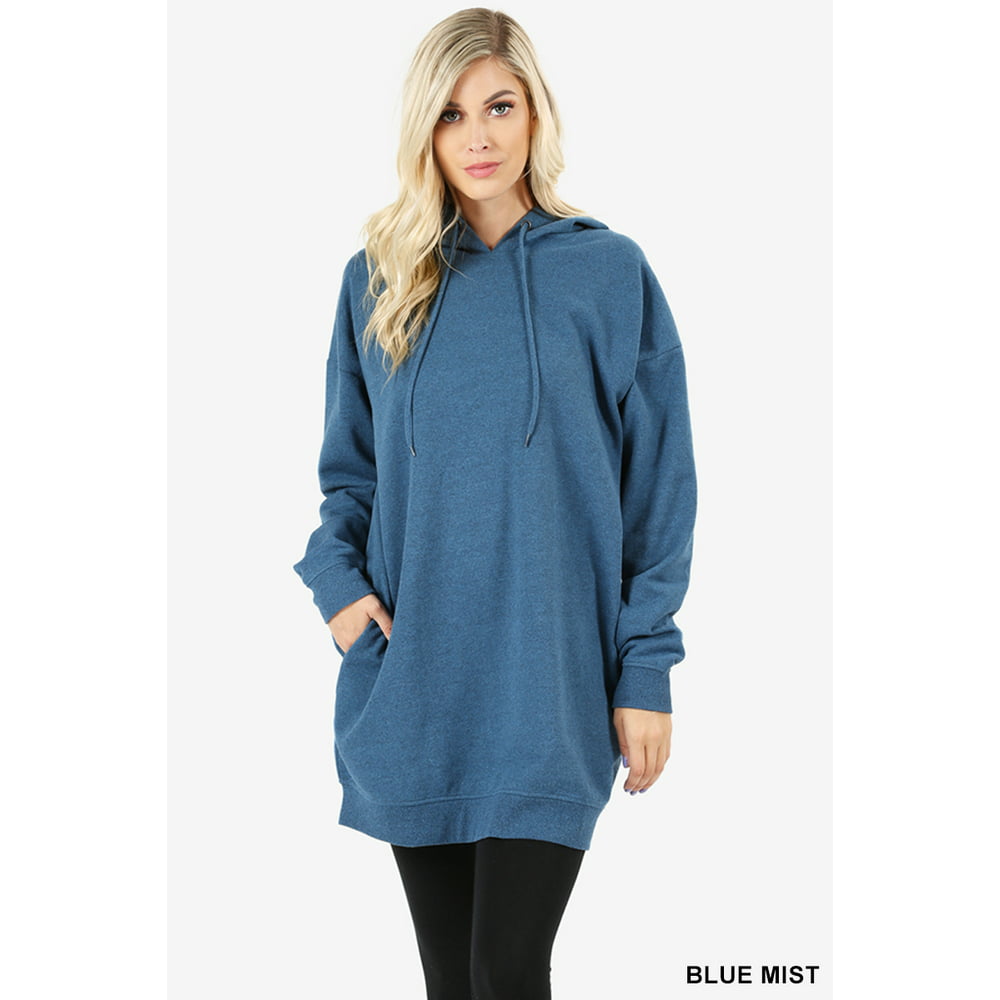What To Look For When Buying a new Sweatshirt

Sweatshirts are long-sleeved pullover tops that are made of thick cotton cloth. They are typically worn as casual clothing, and are not as dressy as sweater s or cardigans. They may not have the Hood. If you're thinking of purchasing a sweatshirt, here are a few tips:
Norma Kamali sparked the appeal of sweatshirts
Since the end of the 70s, Norma Kamali has transformed the simple sweatshirt into a work of art. Her designs are now an essential part of every woman's closet. Her distinct designs include tummy-tucking t-shirts to a crew neck to leather-paneled sweatshirts. She also has created clothes in unique forms, such as an oversized tank top that has an extended trumpet skirt.
A collaboration between the designer and sweatshirt maker Everlast resulted in her Timeless line, which became a huge hit when it appeared in the spring catalog of Spiegel. The collection offered convertible and interchangeable knits in classic shapes and many of the pieces were priced at less than $20. Even the Kamali's Timeless collection wasn't available in stores, fans could still find the items on eBay and Poshmark.
sweat shirts feel more comfortable than soft sweatshirts
Merino wool is renowned for its moisture-wicking properties that help keep you comfortable and dry. This is a naturally-occurring fiber and also has a smoother feel. It is also quick to dry in comparison to other natural materials. In addition, it is a sustainable resource. Merino sheep shed their coats each year and grow new coats.
The warmth-to-weight ratio of merino wool makes it popular for sweatshirts. It assists in regulating the temperature of your body due to its loft which naturally traps heat between the fibers. This is the reason Merino wool sweatshirts work perfect for outdoor activities in the summer, such as mountain biking, hiking and running. The warmth it provides keeps the wearer cool and dry, which is crucial for working out.
Zip-front hoodies feature kangaroo pockets.
Kangaroo pocket Hoodies are a well-loved style of hoodies. These hoodies have a large pocket on the front, which keeps your hands warm during cold days. They are much more practical than traditional pockets because they permit your hands to slide in and out with ease.
Kangaroo pockets are usually large enough to accommodate an entire wallet or small items for personal use. They're typically large enough to accommodate one hand in a smaller size, and can even be large enough to accommodate two hands. They feature wide openings on both sides and can be used to carry small objects.
French Terry fabric is a very popular material for sweatshirts
The French Terry fabric is composed of soft yarns made into loops, and is typically midweight. It is also known because of its capacity to absorb away moisture and is pre-shrunk. French Terry is an excellent choice for sweatshirts because it will keep you warm when you require it and keeps you cool when you need to cool off.

French terry is also popular for loungewear, since it has enough stretch and flexibleness to feel great when you touch your body. It also allows air to circulate throughout the fabric, which makes it perfect for layering under other clothing. Additionally, since it's lighter than other sweatshirts, you can wear it throughout the year without feeling warm or cold.
Hoodies are classy and have a connotation of class.
Although it might appear that hoodies are an appropriate garment for those who are working class, the reality is that they are a symbol of class. Hoodies first became seen in the 1970s in New York, where graffiti artists wore them to hide their identities. In 1976 the hoodies were made famous in their appearance in the film "Rocky," when the protagonist of the film was a working class man in grey sweats that were hooded during his memorable climb up the Philadelphia Museum of Art.
Hoodies are often associated with death, destruction and other unpleasant things, and yet they also serve practical purposes. For example, monks and priests might wear hoods in order to display respect and a sense of self-control.
